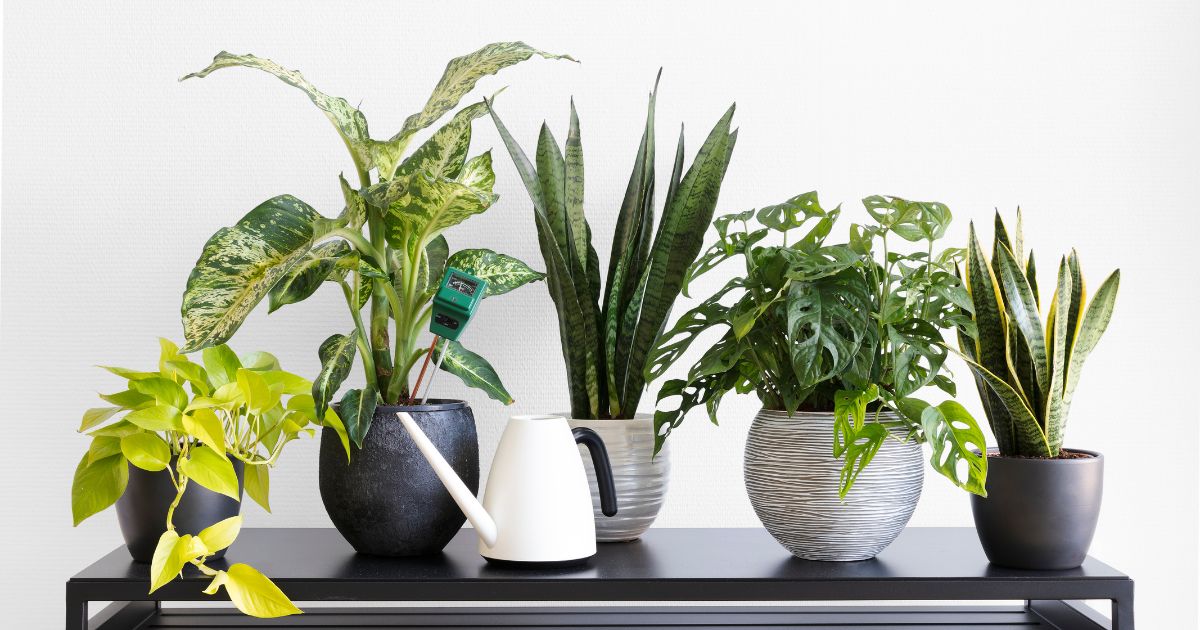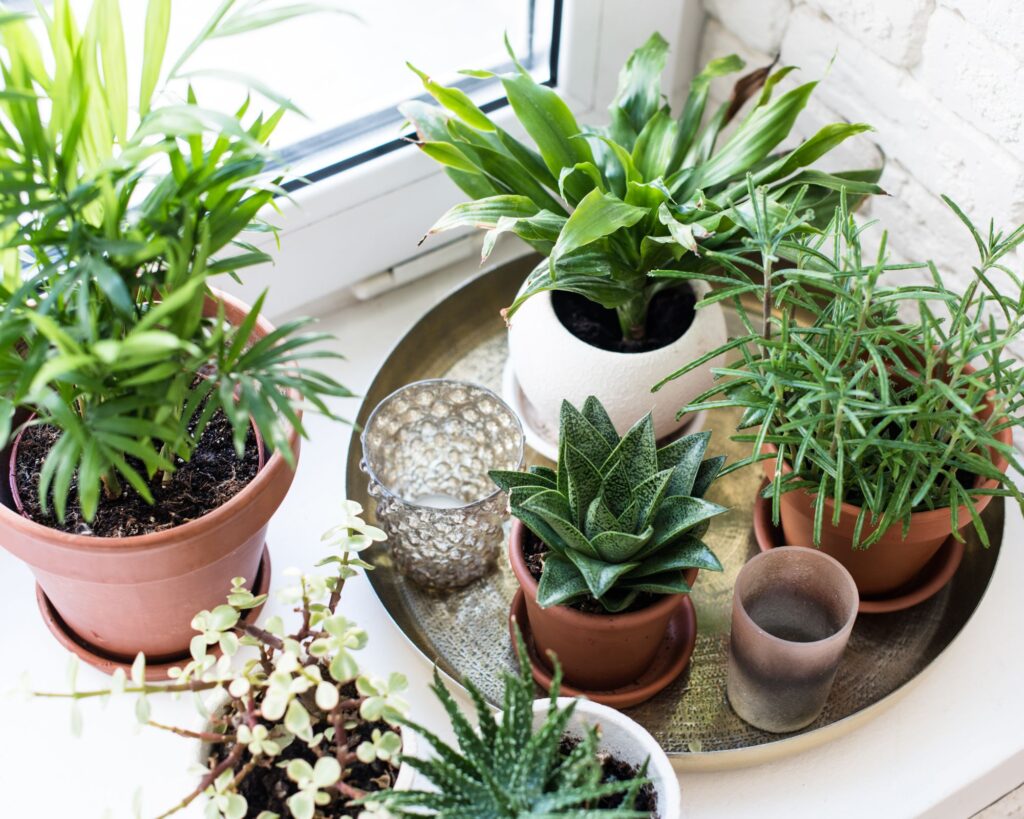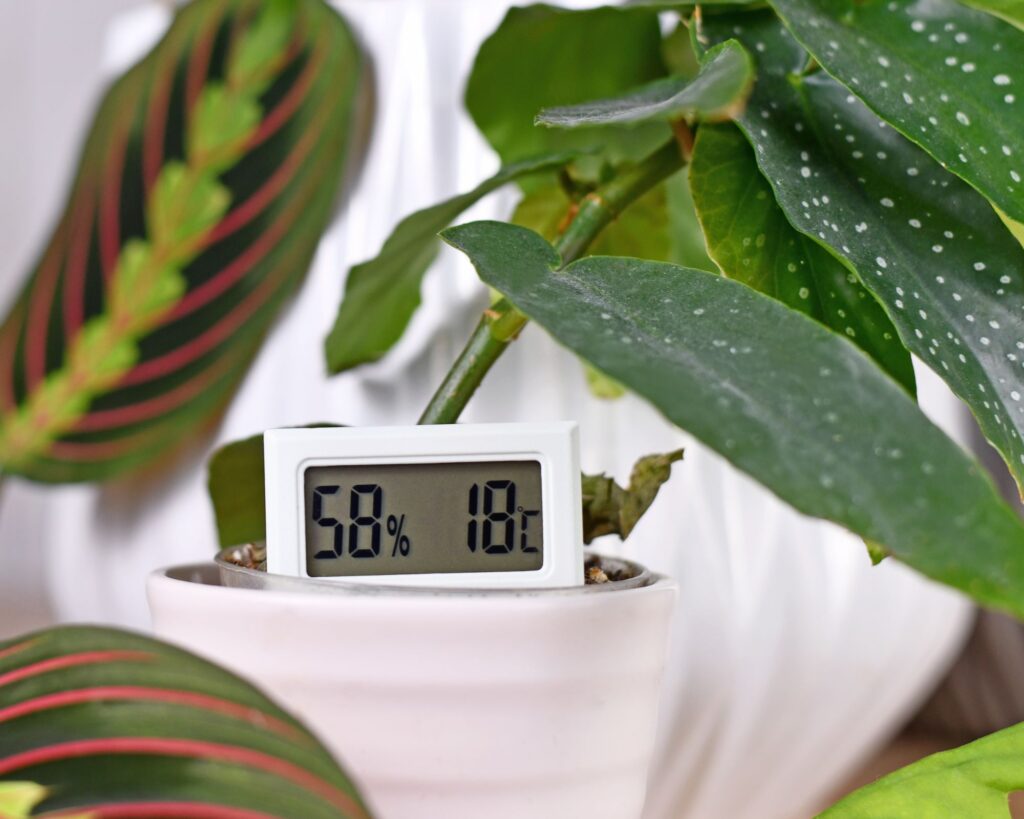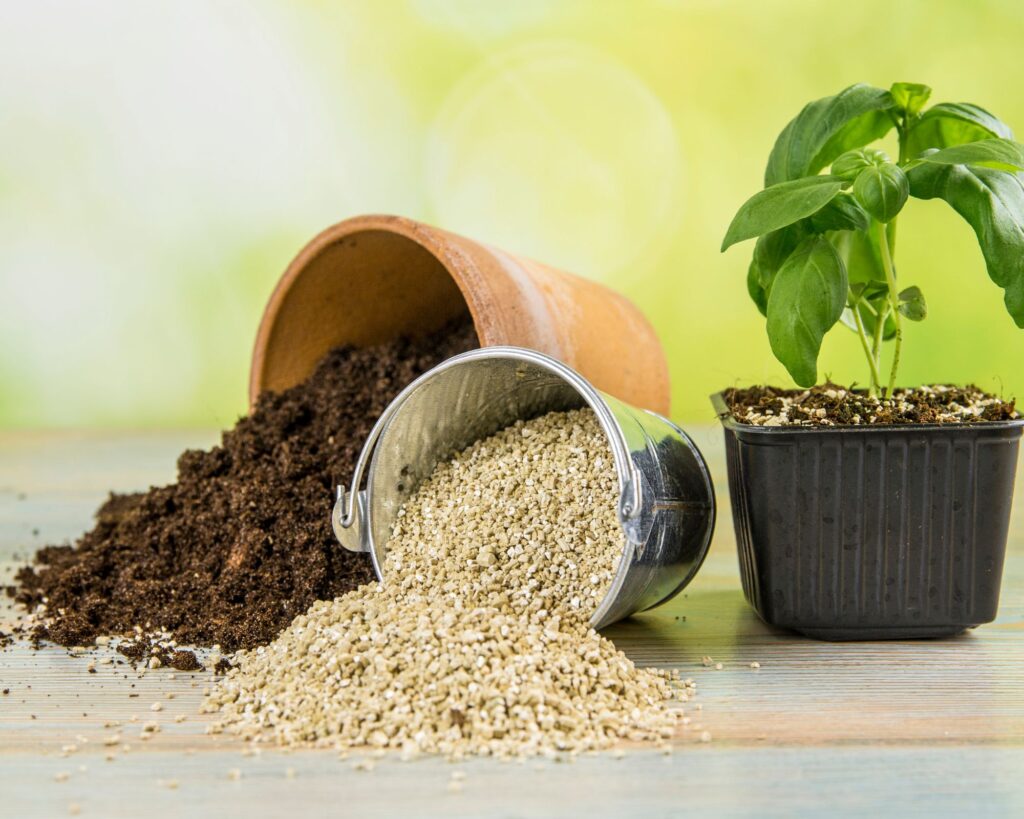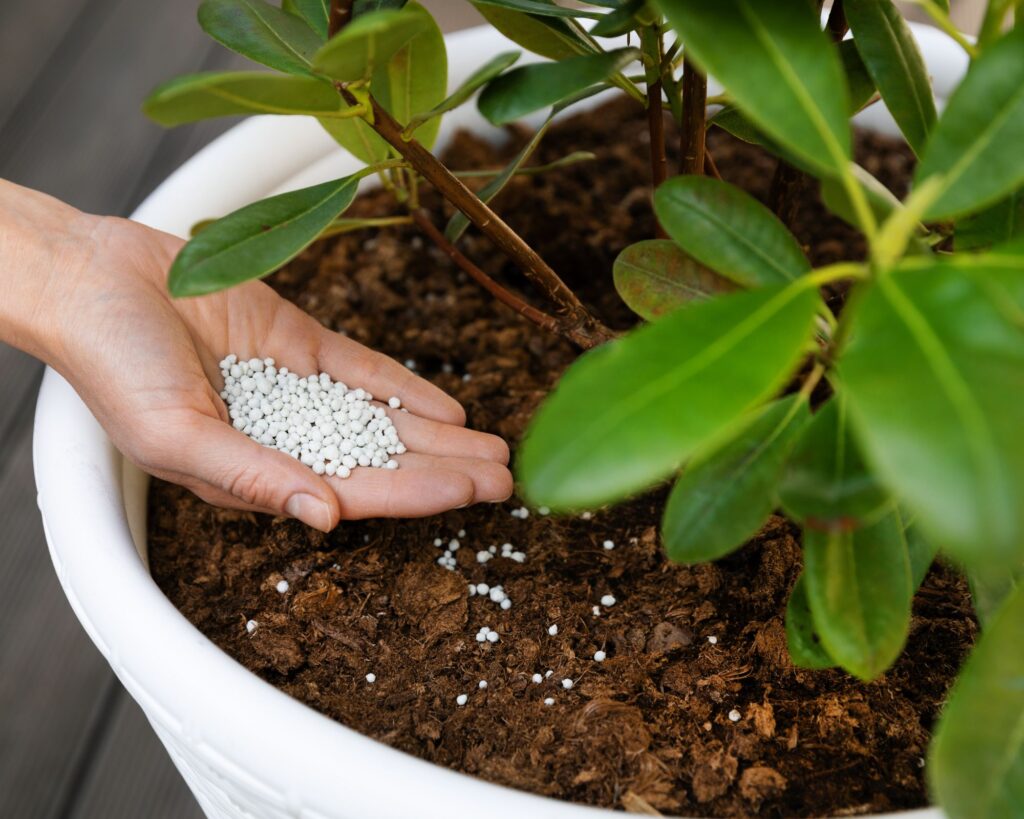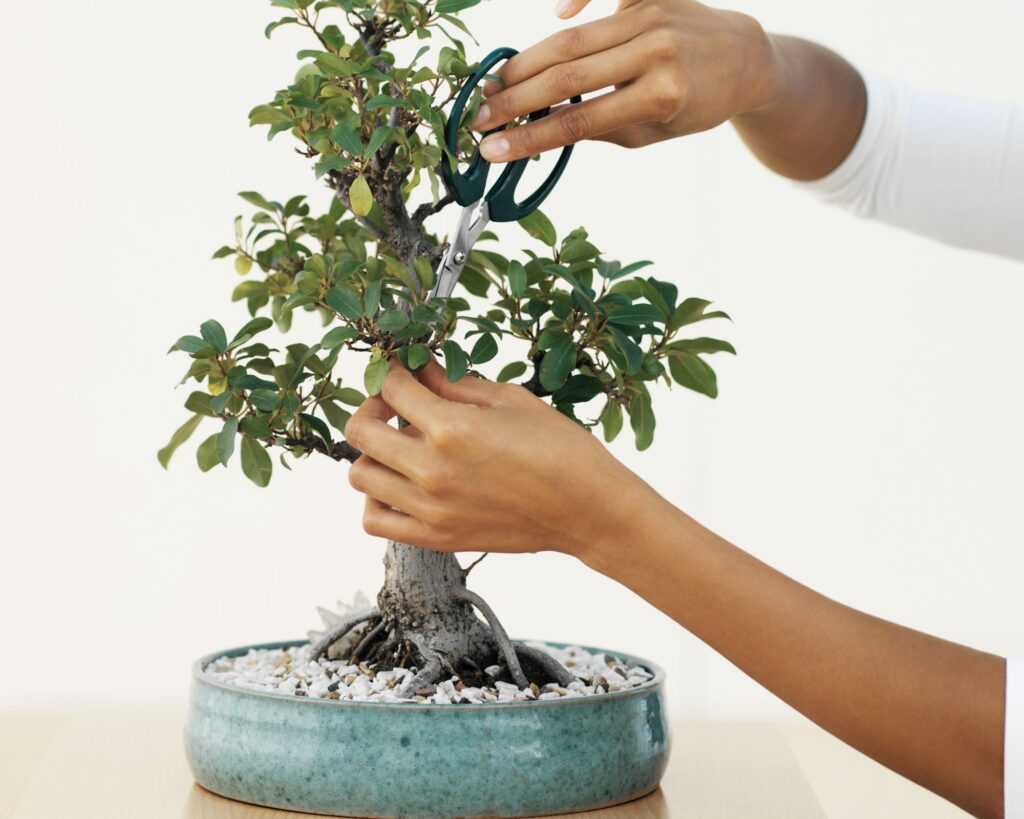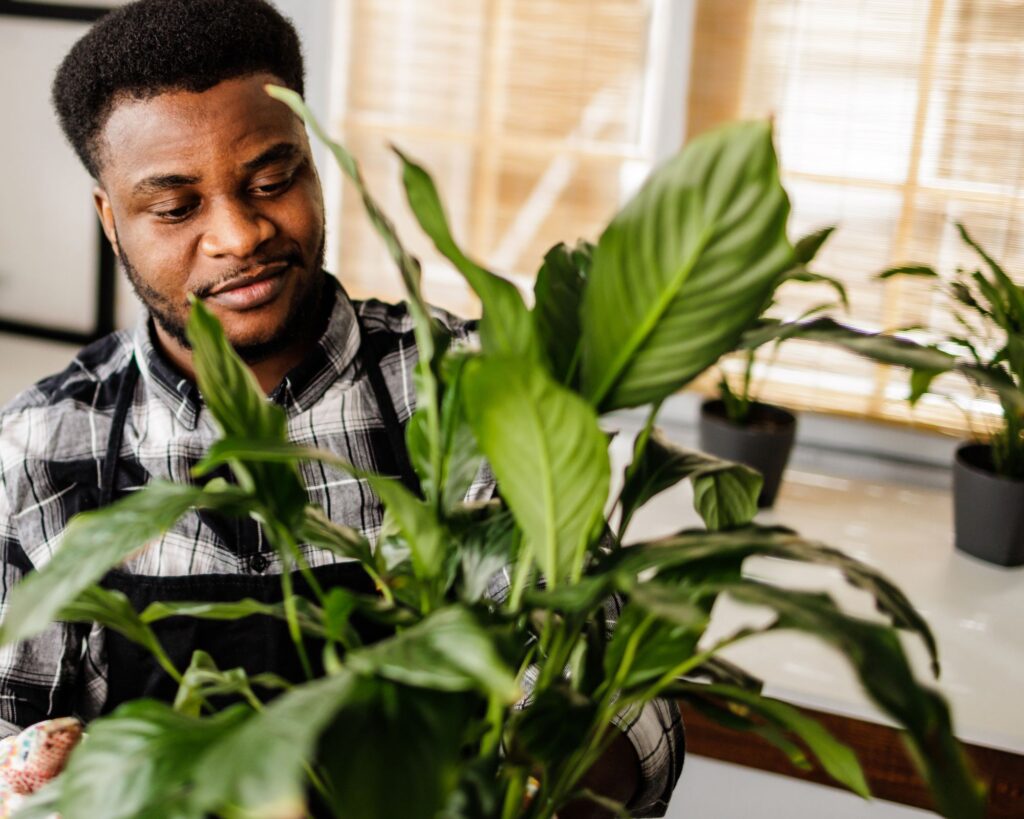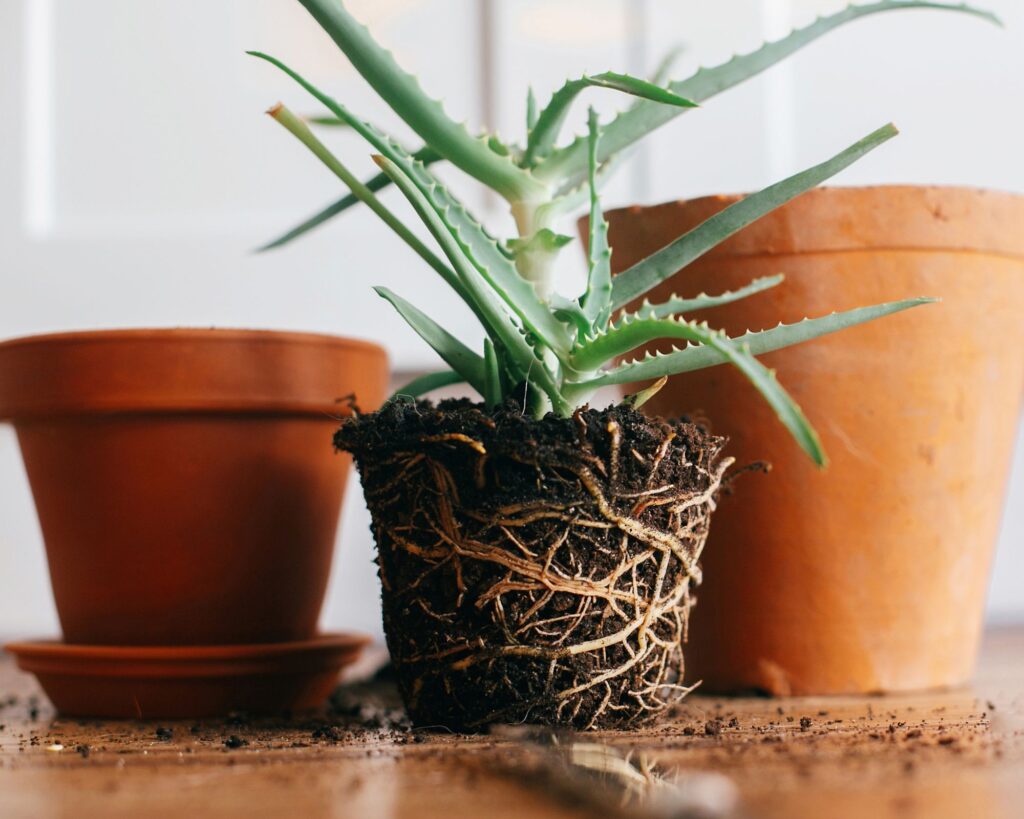Ever wonder why some people’s homes are filled with thriving, vibrant houseplants while yours seem to struggle?
Houseplants do so much more than decorate – they clean the air, lift your spirits, and bring natural beauty indoors.
But let’s face it, keeping them alive can feel like an ongoing challenge.
Whether you’re a seasoned plant parent or a beginner, these ten expert tips will show you how to easily keep your houseplants healthy and happy.
1. Choose the Right Plant for Your Space
Before buying a plant, assess your home’s environment. Every houseplant has specific needs, including light, humidity, and temperature preferences. If your home lacks sunlight, choose plants that thrive in low-light conditions like snake plants or pothos.
If you live in a sunny area, plants like succulents and cacti might be a better fit.
It’s essential to understand your plant’s natural habitat to replicate those conditions at home. Research each plant’s preferences before purchase so you won’t face disappointment later.
By matching your plant to your home’s environment, you’ll set yourself up for success from the start.
2. Proper Lighting is Key
One of the most critical factors for plant health is providing adequate light. Plants require light for photosynthesis, the process by which they convert light into energy.
If a plant doesn’t receive enough light, it can lead to poor growth, leggy stems, and yellowing leaves.
However, the amount and type of light a plant needs vary significantly between species. Tropical plants, such as peace lilies, thrive in indirect light, while succulents prefer direct sunlight. Make sure to place your plants in the appropriate spot for their specific needs.
If you notice your plant leaning toward the window, it’s a sign that it needs more light. Rotate the plant regularly to ensure even growth on all sides.
For rooms with low natural light, consider using grow lights, especially during the winter months. These lights mimic sunlight, promoting healthy growth when natural light is scarce.
3. Water Wisely: Avoid Overwatering and Underwatering
Watering is one of the most common areas where houseplant care can go wrong. Both overwatering and underwatering can be detrimental to your plant’s health.
Overwatering can cause root rot, a condition that occurs when roots are constantly submerged in water, leading to fungal growth and decay. On the other hand, underwatering causes plants to dry out, resulting in droopy or crispy leaves.
A good rule of thumb is to water your plants when the top inch of soil feels dry to the touch. However, every plant has different moisture requirements.
Some plants, like cacti, need to dry out completely between waterings, while others, like ferns, prefer consistently moist soil.
It’s also crucial to use pots with drainage holes. Water that remains trapped in the pot can lead to root rot, so always allow excess water to drain away.
4. Maintain Proper Humidity Levels
Houseplants, particularly tropical varieties, thrive in humid environments. Unfortunately, most indoor environments, especially during winter when heating systems are running, tend to be dry. Low humidity can cause leaf tips to brown and stunt plant growth.
To raise humidity levels, you can mist your plants regularly, use a humidity tray, or invest in a humidifier. Grouping plants together can also create a micro-environment that helps retain moisture in the air.
Plants like spider plants, boston ferns, and calatheas are particularly fond of humidity. If you live in an arid climate, consider choosing plants that tolerate lower humidity, such as succulents or ZZ plants.
5. Use the Right Soil Mix
Soil is the foundation of a healthy plant. The right soil mix provides nutrients, promotes proper drainage, and allows for adequate airflow to the roots. The type of soil you use should match your plant’s specific needs.
For example, succulents and cacti prefer well-draining soil that mimics their natural desert environment.
Tropical plants, on the other hand, thrive in a soil mix that retains moisture but still drains excess water.
When repotting or planting, ensure you’re using a potting mix designed for your plant type. Avoid garden soil, which can be too heavy and retain too much water for indoor plants.
You can also enhance the soil by adding organic matter like compost or perlite to improve drainage and aeration.
6. Fertilize During the Growing Season
Plants require nutrients to grow, and while they absorb some from the soil, it’s often necessary to supplement with fertilizer. Most houseplants benefit from fertilization during the growing season, typically in the spring and summer.
Fertilizer provides essential nutrients like nitrogen, phosphorus, and potassium, which support healthy foliage, root development, and flowering.
However, it’s important not to over-fertilize. Too much fertilizer can burn plant roots and lead to weak, leggy growth. Always follow the instructions on the fertilizer packaging and dilute it when necessary.
A balanced, water-soluble fertilizer is suitable for most houseplants, but some plants, like orchids or succulents, may require specific formulas.
During the fall and winter, when plants are in a dormant phase, reduce or stop fertilizing altogether.
7. Prune and Trim Regularly
Pruning is an often-overlooked aspect of houseplant care, but it plays a crucial role in promoting healthy growth. Regular pruning removes dead or damaged leaves, prevents pests, and encourages bushier, more compact growth.
It also helps direct the plant’s energy toward new growth rather than sustaining old, damaged leaves.
Use clean, sharp scissors or pruning shears to trim back any yellowing or dead leaves. For plants like philodendrons or pothos, cutting back leggy vines encourages fuller growth.
For flowering plants, removing spent blooms (deadheading) can also encourage more blooms to appear.
8. Keep an Eye on Pests
Indoor plants are susceptible to pests, even in the most well-maintained homes. Common houseplant pests include spider mites, aphids, mealybugs, and scale.
These tiny insects can wreak havoc on your plants, causing damage to leaves, stems, and roots.
To prevent pest infestations, regularly inspect your plants for signs of trouble. Look for sticky residue, webbing, or tiny insects on leaves and stems.
If you notice any signs of pests, take immediate action by isolating the affected plant and treating it with natural remedies, such as neem oil or insecticidal soap.
Preventing pests is always easier than treating an infestation, so maintain a clean environment, avoid overwatering, and remove any dead plant material.
9. Repot When Necessary
As your plant grows, its roots can outgrow its container, leading to root-bound conditions. When this happens, the roots may circle the inside of the pot, leaving little room for soil and water retention.
If left unchecked, root-bound plants may become stunted and stop thriving.
A general rule is to repot your houseplants every one to two years, depending on their growth rate.
Signs that your plant needs repotting include roots growing out of the drainage holes, slow growth, or water pooling on the soil’s surface instead of being absorbed.
When repotting, choose a pot that is one size larger than the current one and refresh the soil with a new, nutrient-rich mix. Be gentle with the roots during repotting, especially if they are tightly packed.
10. Clean and Dust the Leaves
Indoor environments can accumulate dust on plant leaves, which can block light and hinder photosynthesis. Regularly cleaning your plant’s leaves not only keeps them looking their best but also allows them to function more effectively.
For plants with larger leaves, such as rubber plants or monstera, gently wipe the leaves with a damp cloth to remove dust. For smaller or delicate-leaved plants, like ferns, a gentle misting with water can help wash away dust particles.
Keeping your plant’s leaves clean also gives you the opportunity to inspect them for pests or signs of stress, allowing you to address any issues early.
